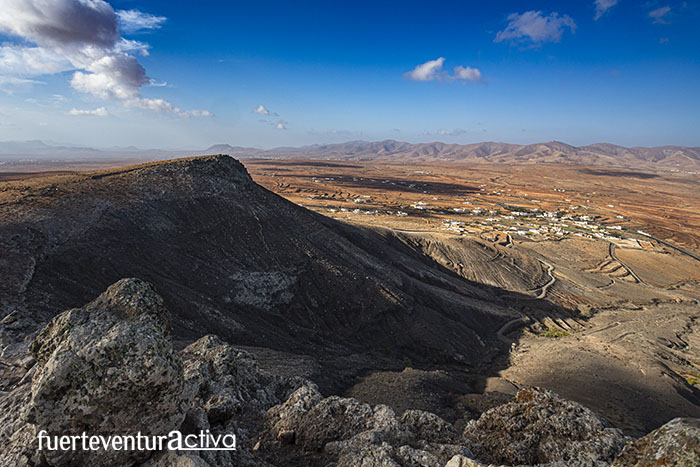What to see in Fuerteventura ?
What to see in the Ampuyenta?
La Ampuyenta is a quiet town belonging to the municipality of Puerto del Rosario. It is located just over 15 kilometers from the capital of Fuerteventura.
The town is located on the edge of a fertile valley, protected to the west by the Betancuria massif, and to the east by Montaña del Campo. Its water wealth was well known to the mahos, who brought their goats here to graze.
The birth of Ampuyenta, as a permanent settlement, is directly linked to the development of cereal agriculture, which emerged from the second half of the 16th century.
This town has several historical and heritage assets worth knowing, and that we discover today.
1 – Charity Hospital of San Conrado and San Gaspar
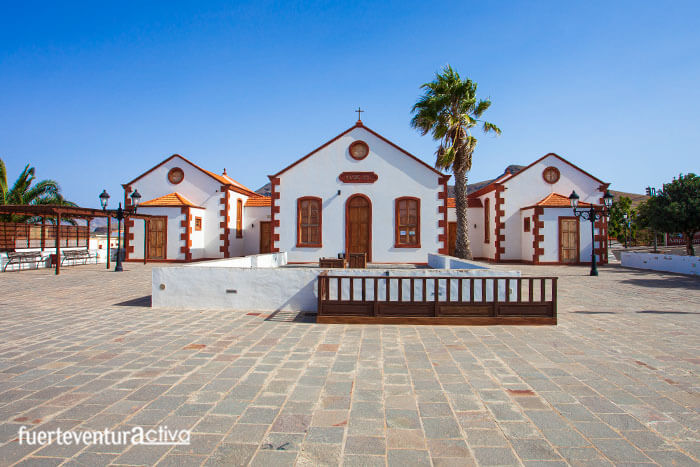
The Hospital de la Caridad de San Conrado y San Gaspar, better known as the Hospitalito, is one of the most distinctive buildings in the town. It is located on the right bank of the FV-20 highway, the road that connects Casillas del Ángel with Antigua.
The Hospitalito de la Ampuyenta consists of three pavilions connected to each other to the central nucleus, by means of a corridor.
This architectural complex has a gabled roof, covered with flat tiles and dark stonework in the corners. Its structure is somewhat reminiscent of the great Renaissance hospitals. Doctor Mena, in 1864, left in his will the money necessary to build the first hospital in Fuerteventura. However, this building was not started until 1901. It was completed in 1931 and never functioned as a hospital.
Since 2015 it has been enabled as the Interpretation Center of the Hermitages of Fuerteventura.
2 – Hermitage of San Pedro de Alcántara.
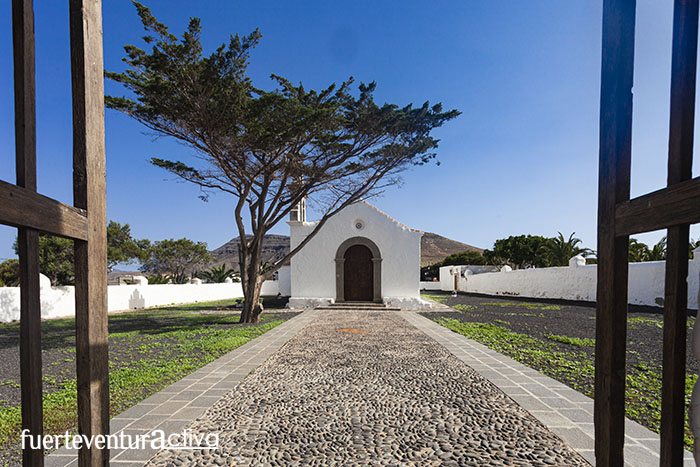
Just behind the Hospitalito is the Hermitage of San Pedro de Alcántara, one of the most beautiful temples in the Majorera geography.
Its foundation is due to the patronage of Captain Pedro de Medina and his wife Agustina de Bethencourt.
The building, built at the end of the 17th century, is surrounded by a crenellated wall or barbican painted white. The interior of the temple keeps an important set of paintings, both murals and easel.
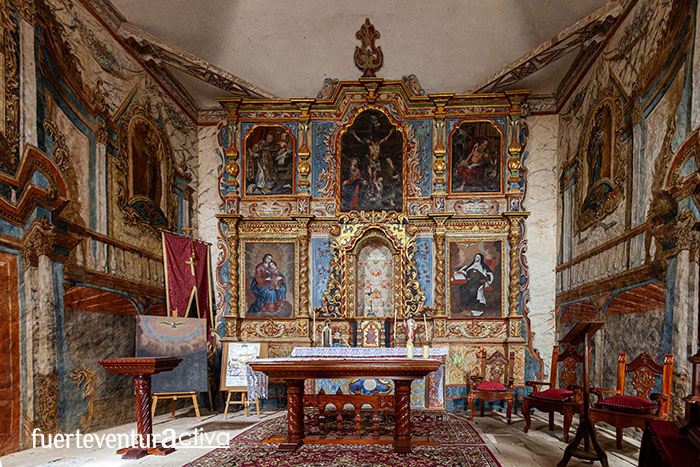
The mural painting of the hermitage of La Ampuyenta is considered one of the most important and best preserved in the Canary Islands. It stands out for the quality of the illusionist technique in which painting, architecture and sculpture are mixed.
Most of the paintings in this hermitage are directly related to the life of San Pedro de Alcántara.
3 – House Museum of Doctor Mena
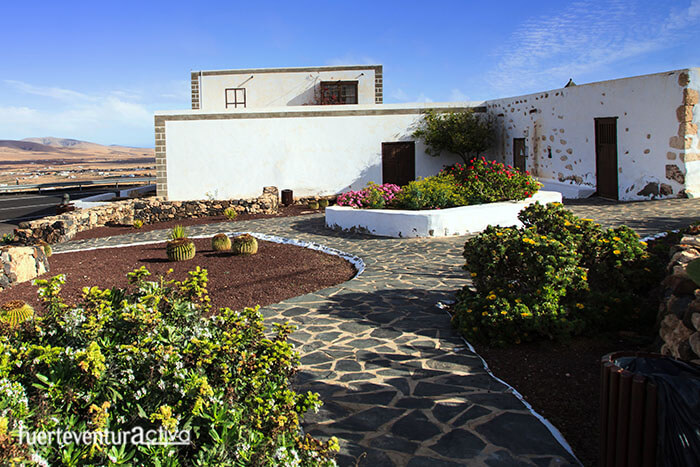
Doctor Mena’s house is located in front of the hermitage of San Pedro de Alcántara, on the other side of the FV-20 road. It is a stately home built in the mid-nineteenth century, in which Doctor Mena spent the last years of his life.
Dr. Mena was born in Ampuyenta in the year 1800. He was a doctor of recognized prestige worldwide, who was trained as a doctor in surgery and tropical diseases in Cuba and France.
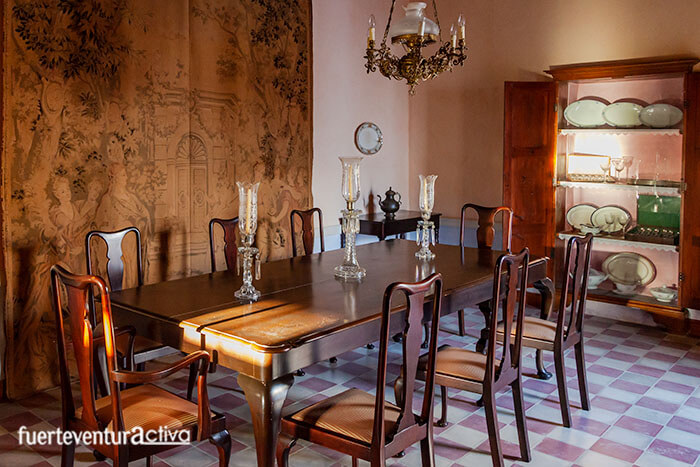
The House Museum of Doctor Mena is an architectural complex, consisting of two buildings with a rectangular floor plan preceded by a garden.
The main building is where Doctor Mena went about his daily life and had a medical consultation. The building, one storey high, except for the west side which is two, is structured around a central patio that has an impressive cistern.
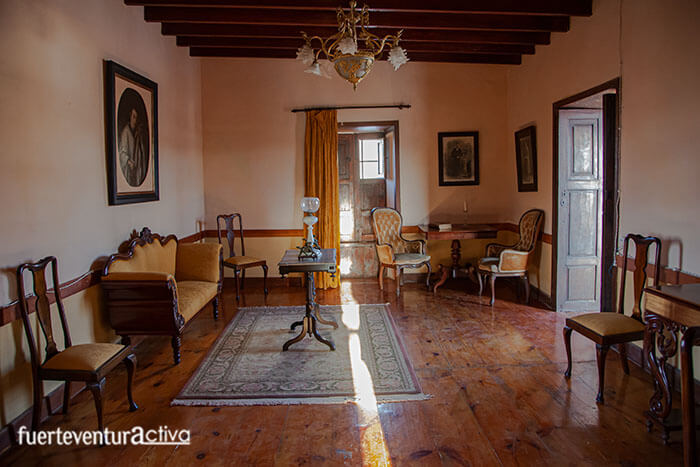
On a visit to the facilities you will be able to see his surgical instruments, some of his books, and also his rich noble wood furniture.
The other building is attached to the southeast wall of the main house, and was used as a kitchen and warehouse.
4 – Birthplace of Fray Andresito
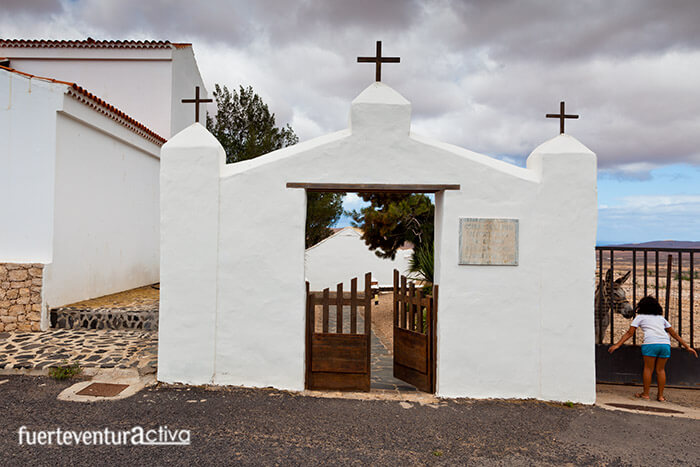
One of the main attractions of La Ampuyenta is the small hermitage that honors Fray Andresito. This sanctuary is the place where the Franciscan friar Andrés Filomeno García Acosta was born and lived. It’s behind Doctor Mena’s house.
Andrés lived his childhood and youth in Ampuyenta, emigrating to Latin America in 1832. He settled first in Uruguay and later in Chile, in whose capital he died in 1853. Since he arrived in America he was linked to the Order Franciscan. He dedicated his life to the apostolate and social works.
Two rooms remain from the original house of Fray Andrés. Its very thick walls support a gabled roof. It is striking that the property does not have windows. The only opening that lets in natural light is a single wooden plank door.
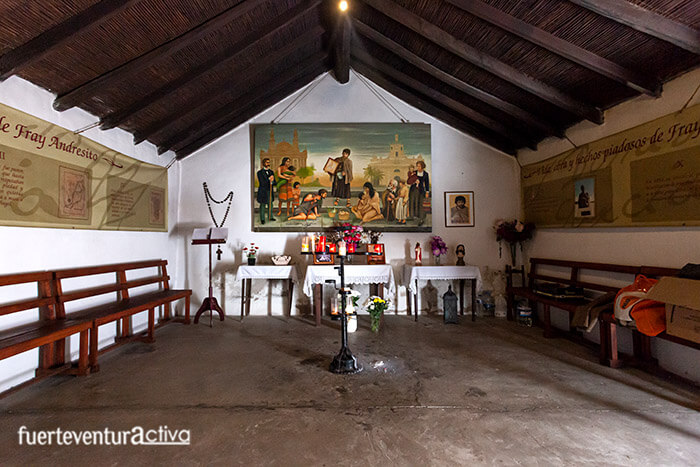
On the interior walls of the hermitage there are a series of panels. In them the biography of Fray Andresito is narrated. It also has several images of the venerable Majorero. An austere furniture, consisting of two benches and simple tables, is all you will find in this curious sanctuary.
On one of the tables there is a book in which visitors write down messages. It also has a place to deposit donations.
The entire building is surrounded by a high barbican of albeada stone.
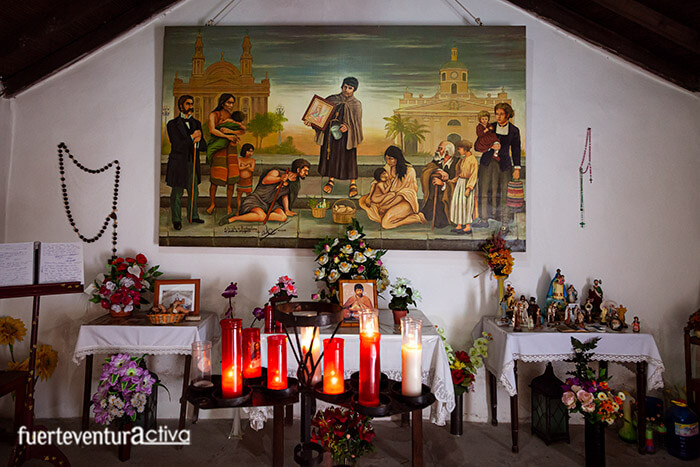
5 – Fountain of Los Pocitos
The Fountain of los Pocitos is a great place to rest, or to barbecue, as it is equipped with tables, covered seats and barbecues. This place of recreation is located in the bed of the La Noria ravine, near La Ampuyenta.
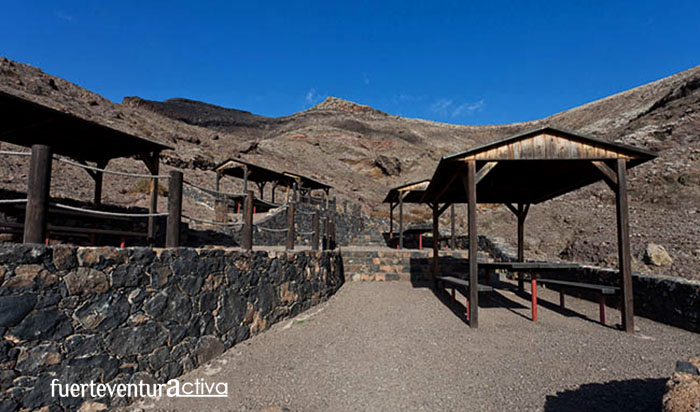
The attraction of this area, of enormous biological interest, lies fundamentally in its seven natural springs, one of which reaches a depth of 20 metres. These sources once played an important role, supplying water to the residents of nearby towns, and to the people who used the roads that pass through these parts.
Fuerteventura4

